This initiative reflects Heifer International's ongoing dedication to developing impactful solutions for Nepal's smallholder farmers and women-led agri-enterprises. The study's primary objective was to assess and strengthen the impact of the investment landscape in Nepal, fostering increased financial support and growth opportunities for these vital sectors.
The report highlights several critical insights into the current status of impact investment in Nepal. First, it underscores the challenges that need to be addressed to attract potential and interested impact investors to the region. These challenges include regulatory hurdles, a lack of investor confidence, and limited access to reliable market data. Second, the study identifies strategies to unlock more capital for impact-oriented initiatives. These strategies encompass enhancing financial and investment literacy, improving transparency and governance within agribusinesses and cooperatives, and fostering partnerships between the public and private sectors to create a more conducive investment environment. Furthermore, consulted financial institutions shared several critical challenges hindering Nepal’s agriculture sector investment. The commodity value chains lack clear and distinct opportunities for targeted interventions. There is a significant shortage of bankable projects, as most farmers and agribusinesses—aside from a few large companies—struggle to develop compelling, investment-ready proposals. Existing policies need urgent reform to foster greater private sector participation and unlock the sector's full potential.
Electric Vehicles (EVs) are the cornerstone of the global transition towards sustainability. India's ambitious climate commitments make EVs not just an environmental imperative, but an economic opportunity. They represent our path to both decarbonization and energy independence, while providing opportunity to accelerate innovation and manufacturing.
This report comes at a crucial time when India's EV charging landscape is at an inflection point. The challenges we face are unique – from installing charging points in crowded urban areas to building networks that withstand everything from Rajasthan's heat to Kerala's monsoons. 'Charging Ahead-Part II' delves into the intricate interplay of policy, regulation, and industry trends shaping this crucial segment, providing cross-jurisdictional analysis that contextualizes India's efforts within a global framework. The insights from markets like California, Singapore, and the UK offer invaluable lessons for our path forward, from integrating renewable energy to deploying innovative business models. The collaboration between GameChanger Law Advisors and Speciale Invest in producing this report
exemplifies the interdisciplinary approach needed to build a sustainable future.
Unlock opportunities in plastic, e-waste, biomass, and solid waste with our latest reports, showcasing solutions for a sustainable future.
Day 3 Highlights from ANDE South Asia Convening 2024: Insights into scaling impact investment, boosting transparency, and enabling small businesses through supportive regulations.
Insights from Day 2 of the ANDE South Asia Convening 2024, focusing on key learnings from Strengthening Regional Ecosystems for Small and Growing Businesses.
Highlights from Day 1 of the ANDE South Asia Convening 2024: Strengthening Regional Ecosystems for Small and Growing Businesses.
India grapples with a substantial plastic waste challenge. In 2021, according to government data, the country generated nearly 26,000 tonnes of plastic waste daily, amounting to approximately 4.1 million tonnes over the year. However, other estimates state that the actual figures are more than double, with an estimate from a recent Nature paper, stating that India generated 9.3 million tonnes of plastic waste in 2023. A significant portion of that waste, approximately 75%, consists of three primary polymers: polypropylene (PP), polyethylene (PE) and polyvinyl chloride (PVC), with the remainder coming from other polymers such as polystyrene (PS), high-density polyethylene (HDPE), low-density polyethylene (LDPE), and polyethylene terephthalate (PET). The key opportunities for plastic circularity in India are emerging around enabling higher-quality recycled outputs, packaging solutions and circularity in traditionally hard-to-recycle segments, such as flexible and multilayer plastics. These cascade into specific opportunity areas across the value chain, which are summarized in this report
This guide focuses on the management and handling of municipal solid waste (MSW) from its initial collection to how it is processed and dealt with at landfills and dumpsites. It also covers some solid wastes with lower-value recycling potential or volumes, e.g., biomedical waste, paper waste, and base metals from non-electronic waste sources, such as aluminium and copper. Managing the close to 60 million tonnes of MSW that India generates annually is a daunting challenge. 90% of that waste is apparently collected but lower levels of processing – around 50% – show a significant amount is either not processed or remains unaccounted for, highlighting inefficiencies in waste management systems. Projections indicate a staggering increase in MSW generation, nearly tripling to 165 million tonnes by 2031. There are significant opportunities to improve waste processing and resource recovery in India’s MSW sector through decentralization, automation, and logistical improvements.
India is a significant player in the global e-waste landscape, contributing approximately 4.1 million tonnes of electronic waste (e-waste) in 2022, which accounts for approximately 7% of the world's total e-waste output. In 2021, one-third of India's e-waste was managed through formal and informal channels, with 80 to 90% of e-waste management operations handled by the informal sector. By 2030, India's e-waste output is expected to escalate significantly, reaching approximately 9 million tonnes (based on our estimates), which would represent about 11% of the global e-waste forecast for that year (82 million tonnes). India’s e-waste and LiB recycling sector offers multiple avenues to create value through innovative business models. The key opportunities range across advanced metal and rare earth extraction, integrated recycling, interim recycling for high-demand metals, second-life electronics and batteries. These cascade into specific opportunity areas across the value chain, which are summarized in this report.
